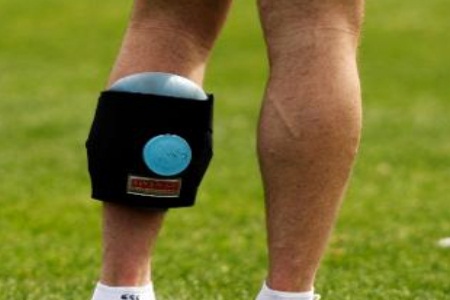How to Treat a Pulled Leg Muscle

Athletes suffer numerous injuries and the most common of them are pulled leg muscles. No matter you are a sprinter, cricketer, footballer or a wrestler, you will have to face this issue a few times in your career. Therefore, you have to train extremely hard in order to stay as fit as possible and perform to the best of your ability.
If you sustain a muscle injury in your leg, you don’t have to worry a lot, as this is not such a huge issue. Such minor injuries will not keep your out of action for long, as you can treat them pretty quickly.
However, you still have to take care of your muscles in order to avoid getting into serious trouble.
Instructions
-
1
Rest
The best way of treating pulled leg muscles is by taking as much rest as possible. You should not put extra load on your legs and things will start getting better within a few days. Although extra rest can make your muscles stiff, yet you have to get into the exercise routine slowly, as that is the only way of getting rid of the injury completely. -
2
Ice pack
In older days people used to apply hot towels on the affected areas in order to treat pulled leg muscles. However, modern science has revealed that you can treat such injuries with an ice pack more quickly than any other thing. However, you should not apply the ice pack for more than 15 minutes, as that could be dangerous for your muscles. -
3
Take anti-inflammatory medicines
In order to expedite the recovery process, you have to take some anti-inflammatory medicine too. Although there are numerous options available, yet you should consult your doctor before eating any medicine. If you have plenty of time before your next event, you should opt for natural processes of treating your injured muscles. -
4
Follow the RICE method
Have you heard of the RICE method? It really helps you in treating pulled muscles through four different stages. First one is rest, which is necessary no matter what the situation is. Next one is applying ice, which has already been discussed in earlier steps. The third step tells you to use compression on the troubled area, so that the muscle gets better with the passage of time. Finally, you have to make sure of elevating the leg in such a position that there is no swelling on the affected area.


